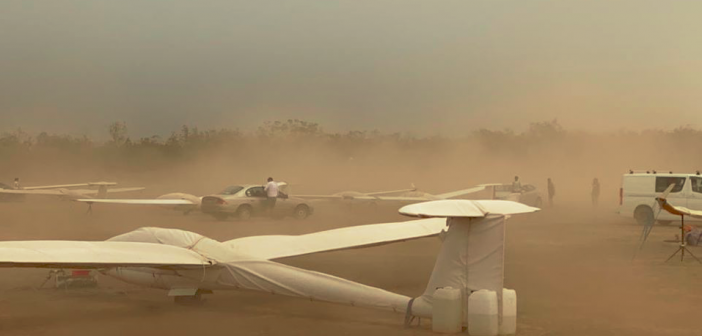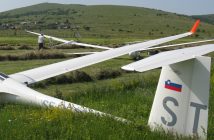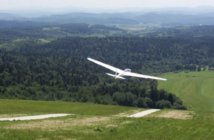(OPENSOARING, 23. januarja 2020, avtor John Good, cpt. Of US soaring team, photos US soaring team, Pole France planeur, FB Sabrina Vogt)

John Good fb US soaring team
This is my last report from WWGC-2019 in Lake Keepit, and one I really wish I didn’t have to make. In order to give the full story, it will also have to be a long, semi-technical, and perhaps rather boring one. Bear with me – or skip this, as you see fit.
The story starts with the fact that gliders (especially in competition) frequently fly close to each other, often for a high percentage of flights many hours long. Basically, all pilots want to be in good air, which is nearly always of limited extent. Thus, midair collisions are a concern: witness the fact that parachutes are required of all pilots at all competition events, and their value is by no means purely theoretical (I speak with more experience here than I could wish).
In response to this, about 20 years ago an electronic anti-collision system, known as Flarm, became popular. Each Flarm device uses GPS-derived position information and intelligent assumptions about the way gliders behave to continuously broadcast its current and predicted position, to receive similar signals from all nearby gliders, to continuously process this information to determine whether a collision risk exists, and to warn the pilot when one does. It’s now in wide use by glider pilots around the world, and required in most competitions, including all WGC (World Gliding Competition) events.
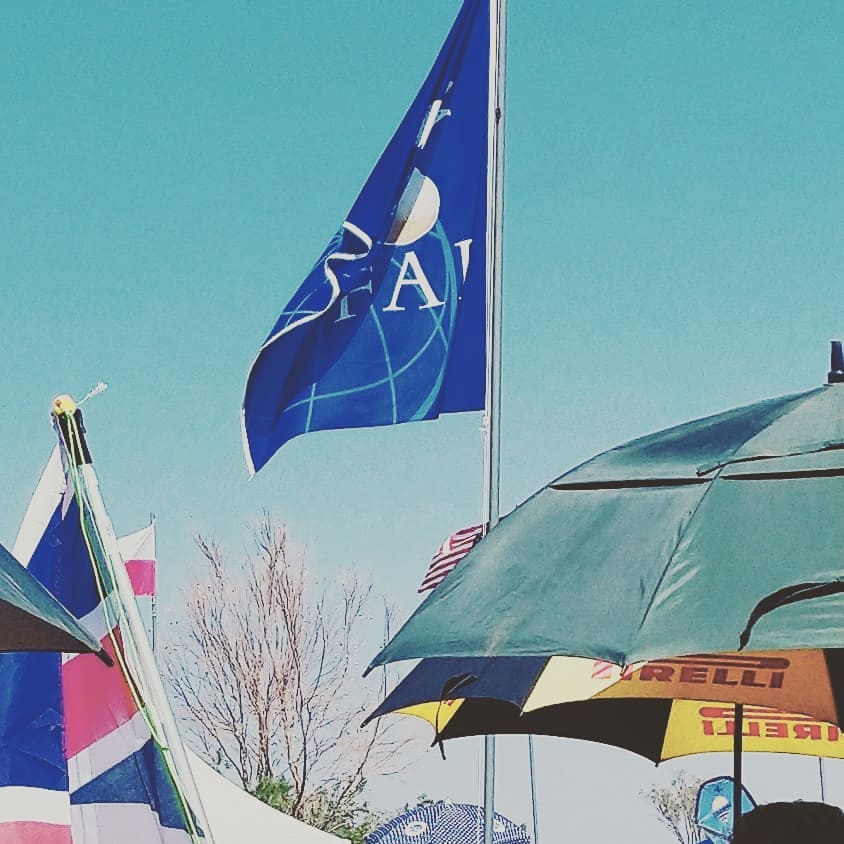
Pogled na zastavo FAI fb Sabrina Vogt
Flarm hadn’t been in glider cockpits long before a potential use outside of collision avoidance was noticed and exploited. A device that can learn about gliders and their motion at well beyond typical visual range can help spot ones using that good air all pilots are continually seeking. “Leeching” is the common practice (a part of almost every successful competition flight) of letting gliders ahead find lift, then joining their climbs without the delay and trouble of finding it yourself. “Electronic leeching” can spot gliders at ranges possibly up to 20 km, and note just how they are doing – a big improvement on the old-fashioned version that depended on eyeballs.
And when every glider is continuously broadcasting its position, receipt of this useful information need not be limited to the cockpits of other gliders. It’s not difficult to build a ground station to receive Flarm data from all gliders within range – and without the limitations imposed by a glider’s structure, ground-based antennas can change the meaning of “within range” to perhaps 80 km and more.
Flarm ground stations are now quite popular (especially in Europe, where it can be hard to fly a glider out of range of one). Most have an internet connection and send the data they receive to OGN (Open Glider Network) servers, which then send glider position information to various display software, so you can choose an area and watch gliders flying there in near real-time (delays of only a few seconds). This offers significant safety benefits (if a glider is overdue, it’s valuable to learn where and when it was last seen) and is very popular with folks on the ground: Without tracking display, glider racing is boring for all but the pilots; when tracking is available, our sport becomes much more appealing.
But it also has profound tactical implications for glider competition. At any computer with an internet connection, a person on the ground can track all gliders, and (perhaps with some help from software) keep track of where the air is good and bad. If this information can be sent to a competing pilot (ground-to-air communication is freely allowed in WGC events) the potential value is enormous. For a small example, consider three pilots struggling to find the last thermal necessary to get home on a dying day: Pilot A has just his eyes to spot gliders, birds, clouds and other indications of lift. Pilot B’s vision is augmented by onboard Flarm, which can spot climbing gliders at twice the range of vision (and if more than one is detected, show which is climbing best). Pilot C has his eyes, onboard Flarm, plus tactical advice from a ground crew that has been tracking just where good climbs – and bad air – have been found by 20 gliders that have recently finished. Of these three, which is likely to get home quickest?
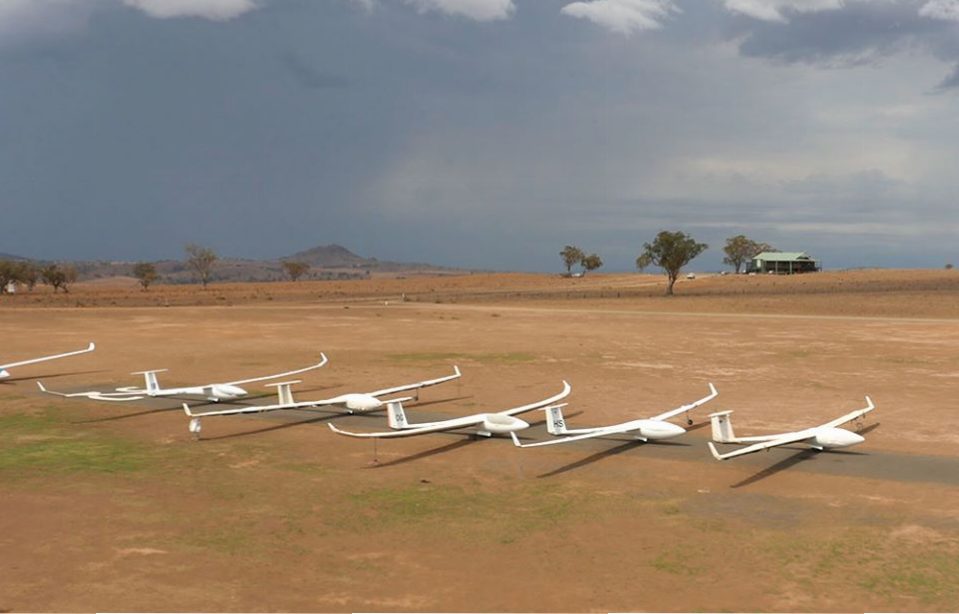
Utrinek iz Avstralije
Though OGN coverage is widespread, participation is optional. Data sent by a Flarm device contains a flag known as “Do Not Track Me”, and the OGN system respects this: if you have enabled this flag, OGN ground stations will still receive your position, but will not forward it. Thus, a pilot can have Flarm’s anti-collision functions without being tracked. But this pilot will then not be visible to any tracking display program, which decreases spectator interest and to some extent safety.
Until recently, at WGC events all pilots were required to have a working Flarm device, and to have the Do Not Track Me flag disabled. The effect was to make every pilot trackable all the time. This was great for spectator appeal, and represented a “level playing field”, since anyone who wanted to could receive near-real-time tracking data for all gliders all the time.
But after considerable experience the implications of the tactical tracking this enabled were judged to be an increasing threat to the future of the sport. Pilot success was starting to look like it depended too much on the analytical skills of a pilot’s ground team (and their software) rather than the traditional soaring skills that have defined our sport since it began around 100 years ago. The extreme view is that ground-based tracking analysis could largely supplant the pilot, whose role becomes restricted to takeoff, landing, flying to points designated by the ground software, and perhaps some input regarding clouds seen enroute.
The result of this concern was a rule change, applicable in 2019: Pilots can choose to be un-tracked, or to appear on tracking but not under their glider’s actual contest ID (it’s now legal even to “spoof” the ID of a fellow competitor). The desire for spectator-friendly tracking can be addressed if a contest provides special trackers (e.g cell-based) that have nothing to do with Flarm: pilots can be required to carry these, but the tracking display from such devices must be delayed by 15 minutes (which seriously diminishes its tactical value).
This sounds like it could be a step forward, but there’s a serious complication: It’s possible (indeed, not especially difficult) to construct private Flarm ground stations that do not participate in the OGN system and – significantly – do not respect the Do Not Track Me flag. A WGC team with the funding and manpower can deploy a couple of these stations (perhaps moving them each day into areas where tasks will take pilots) and then harvest the data they receive. This means some teams can have the ability to obtain tactically valuable real-time tracking data that’s not available to all – the end of the level playing field.
This sounds a bit tacky and underhanded, but it’s acknowledged to be fully legal – in no small part because there’s no way to enforce a rule against it. There’s no proof which – or indeed if any – WGC teams are using this. But I can tell you that it’s widely believed to be happening. Indeed, it would be very surprising to hear that no team is making use of a scheme that’s legal, not prohibitively difficult, and likely to provide a meaningful advantage over teams not doing this.
This extremely tedious background brings us to the situation here at WWGC-2019:
This contest naturally wanted to make tracking displays available to interested spectators around the world. For this, they chose to use what are known as GFA trackers – self-contained cell-based trackers supported by the Gliding Federation of Australia, and well proven at many Australian contests. With the exception of the occasional battery failure, these trackers and the online software that displays their data do a beautiful job, and the tracking for this contest has been popular around the world (most notably, in the USA). Pilots naturally have some concern about carrying a tracker that continually discloses their position, but this concern is addressed by the rule (noted above) requiring a 15-minute delay on the display of such data. So far so good.

Ameriška jadralska ekipa, prvi z desne John Good fb US soaring team
But at a special meeting of Team Captains on Friday morning, we were stunned to learn that the Australian team found a way to receive undelayed data from all GFA trackers. They thus had full real-time coverage of all gliders all the time, and were freely using this data to help their pilots.
Along with almost everyone here, I do not believe this was a plan to intentionally do something underhanded. The Australian team position is that they found a web page that required no password or other access restrictions, making the GFA tracking data available there fair game. They further believe that what they were obtaining (real-time positions for all gliders) is the same data available to any team that went to the trouble of deploying private Flarm stations in the contest task area. They though of it as a clever and easy way to obtain the same information others would be able to get.
It won’t surprise you to hear that the other 9 Team Captains (of which I am one) did not endorse this view. The first point is that the contest is required by rule to impose a 15-minute delay on the tracking display, so a website that offered undelayed data ought to have been secured, something anyone with knowledge of the rules would surely have known. Next, even if was not secured, any scheme that uses such data undermines the 15-minute delay requirement, thus creating a rules violation. Pilots accepted the GFA trackers (as the rules required them to do) on good faith; they must now digest the fact that, in effect, their gliders were “bugged” during this contest.
The initial ruling from the contest organizers was that the receipt of this illicit data was unsporting behavior, but because the Australian pilots had been told – and sincerely believed – this scheme was acceptable, no penalties would be applied.
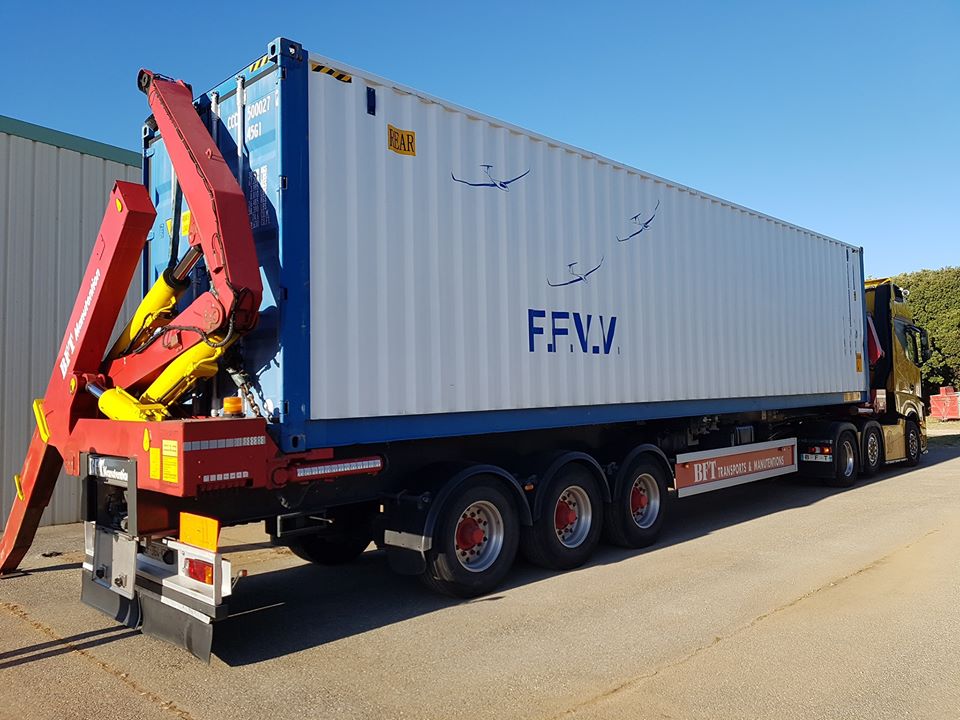
Prihod francoske ekipe na WWGC Lake Keepit fb pole france planeur
This did not sit well with the 9 Team Captains. If the data was illicit (as the contest had stated), extra speed and distance obtained from the use of it could not be handwaved away, even if pilots weren’t aware of the underlying problem. The response to this objection was a revised ruling: each Australian pilot would be penalized 250 points. This was protested, both by some teams who argued that the correct penalty was disqualification, and by the Australian team (who probably argued – correctly – that there is no specific rule against using the unsecured GFA tracking data). The final determination was that the penalty would be amount to 25 points per day per pilot, so a total of 225 points in this 9-day contest.
This is perhaps approximately just – and certainly devastating to our contest. Jo Davis, flying beautifully in Club class, was knocked from first to fourth place; Elena Ferganani now has a gold medal that must always be bittersweet. Lisa Trotter (a good friend of mine) lost her third place medal in Standard Class. The contest organization here, just at the end of an impressively well-run event representing several years of work, must now digest the fact that the most persistent memory of this contest is likely to be one distasteful to everyone.
What should happen as a result of this? The contest organization has promised to produce a full and complete description of exactly what happened. The IGC (International Gliding Commission, responsible for WGC rules, procedures and policies) should confront the fact that their decision to abandon the level playing field contributed to this.


